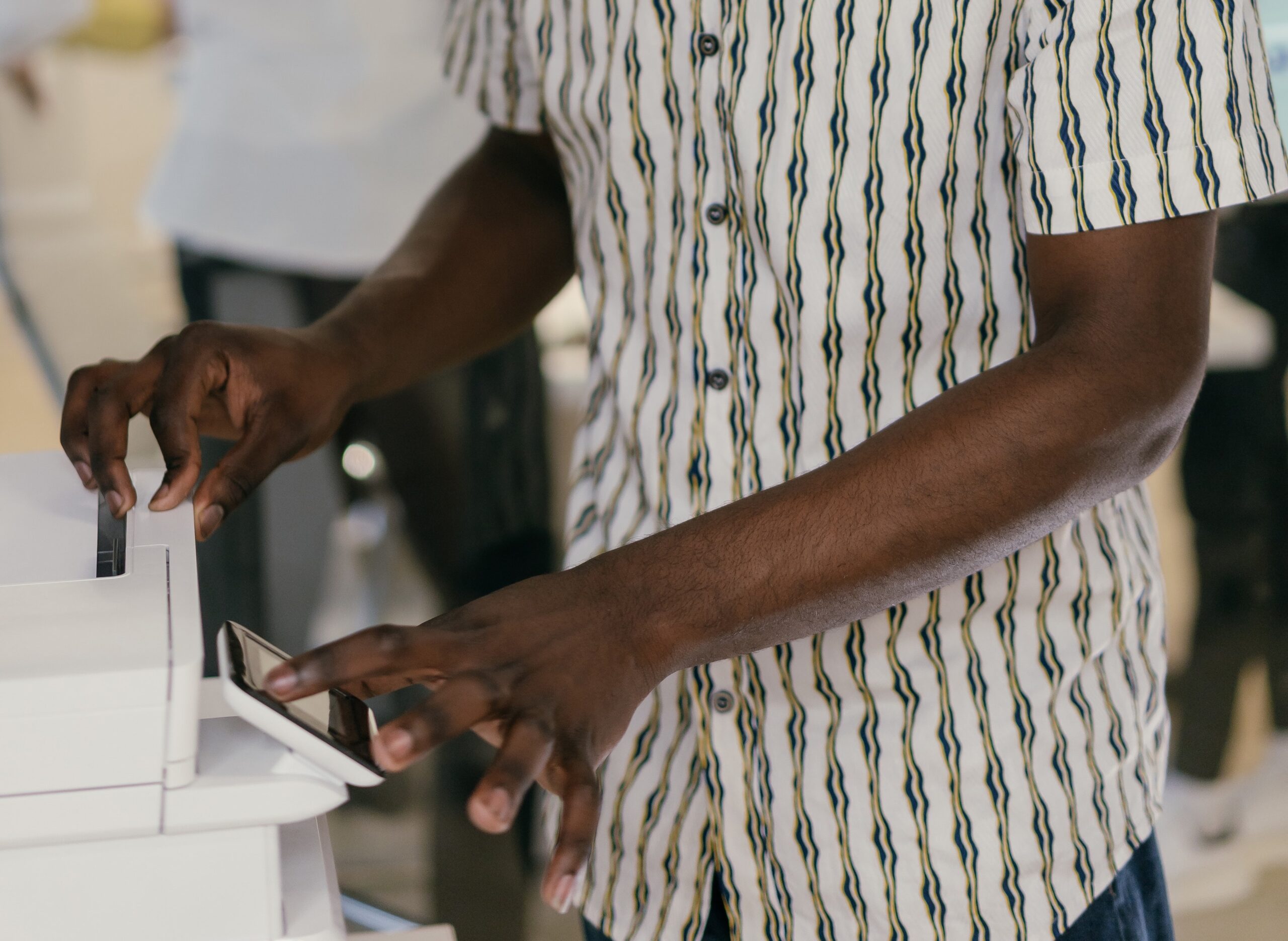No. 28: Restrict printer and copier usage with passcodes
No. 28: Restrict printer and copier usage with passcodes
Number 28
Restricting printer and copier usage with passcodes at your school has several environmental and financial benefits, including reducing paper and ink usage, decreasing energy consumption, and promoting responsible printing behavior.
Learn why you should do this:
In today’s digital age, it’s easy to forget that printing still has a significant environmental impact. While many schools have made progress in reducing paper usage, they may not have considered the impact of printer and copier usage. By implementing passcodes for printer and copier access, schools can reduce paper usage and save money on supplies and maintenance. Additionally, it can also promote more responsible printing habits among staff and students.
According to the EPA, printing and writing paper make up the largest percentage of municipal solid waste. In addition, the manufacturing and transportation of paper products require large amounts of energy, water, and other natural resources. By reducing paper usage through passcode access, schools can lower their environmental footprint and promote sustainable practices.
Moreover, printer and copier maintenance can be costly for schools. By limiting access to these devices, schools can reduce the need for repairs and replacement parts. Furthermore, by reducing paper usage, schools can also save money on paper and ink supplies.
Implementing passcode access for printers and copiers can also encourage staff and students to be more mindful of their printing habits. With limited access, users may think twice before printing unnecessary documents. This can lead to a decrease in wasted paper and supplies.
One example of a school that has successfully implemented passcode access for printers and copiers is the University of California, San Francisco (UCSF). By implementing a print management system with passcode access, UCSF reduced paper usage by 15%, saving approximately $200,000 in paper and toner costs each year. In addition, they were able to reduce the number of printers on campus, leading to further cost savings.
Another example comes from the University of Wisconsin, Madison, which implemented a similar system and saw a reduction in paper usage by 20%. They estimated that this resulted in a savings of $100,000 per year in paper and toner costs.
By restricting printer and copier usage with passcodes, schools can make a significant impact on the environment while also saving money. It encourages more responsible printing habits among staff and students, while also reducing the need for costly maintenance and supplies. Furthermore, it can promote a culture of sustainability and responsible resource use within the school community.
In conclusion, implementing passcode access for printers and copiers is a simple and effective way for schools to reduce their environmental impact and save money. With successful examples from institutions like UCSF and the University of Wisconsin, Madison, it’s clear that this approach can be a valuable tool for promoting sustainable practices in schools.
Sources:
-
Energy Star. (2019). Office Equipment. Retrieved from https://www.energystar.gov/products/office_equipment
-
Environmental Protection Agency. (2021). Printing and Imaging. Retrieved from https://www.epa.gov/sustainable-management-printing-and-imaging
-
Konica Minolta. (2016). A Cost-Effective Approach to Sustainable Printing. Retrieved from https://www.konicaminolta.com/solutions/sustainability/solutions/paperless-office/sustainable-printing.html
-
Sustainable Printing. (2021). Passcode Protected Printing. Retrieved from https://www.sustainableprinting.com/passcode-protected-printing
-
U.S. Department of Energy. (2019). Energy-Saving Tips for Office Equipment. Retrieved from https://www.energy.gov/eere/articles/energy-saving-tips-office-equipment

All 100 ideas in one, easy to share ebook. Download now and start helping your school be its best version of itself...
Downloaded over 17,000 times!

More ways to make a difference, now!
No. 61: Installing pedal-powered charging stations
Number 61 Pedal-powered charging stations in schools provide both environmental and educational benefits by promoting sustainability and physical activity. These charging stations can also save money on energy costs. Installing pedal-powered charging stations in...
No. 60: Use eco-friendly paints and coatings
Number 60 This article discusses the environmental and financial benefits of using eco-friendly paints and coatings in schools. By using non-toxic and low VOC options, schools can reduce their environmental impact and create healthier learning environments....
No. 59: Invest in energy-efficient pool heaters
Number 59 This article discusses the environmental and financial benefits of investing in energy-efficient pool heaters for schools. By using efficient pool heating systems, schools can save money on energy bills and reduce their carbon footprint. Swimming pools are...





